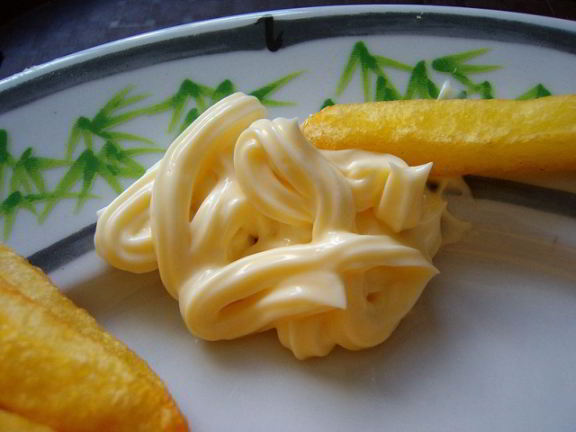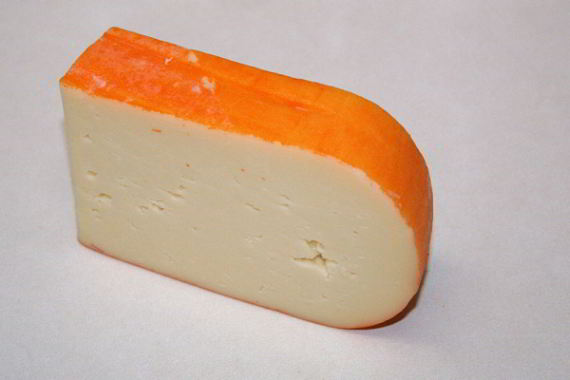-
Menorcan produce
Like most regions in the Mediterranean, Menorcans are proud of their culture, cuisine and produce, and justifiable so.
Though recognisably Spanish, the island’s appetite has been influenced over the years by Greek, Roman, Arab and British settlers, giving its food and produce a unique blend of flavours.
Drinks
Surprisingly for some, one of Menorca’s most famous products is gin. Introduced by the British Navy during the 18th century, islanders took the spirit into their hearts and made it their own.
A favourite tipple of Menorca is gin mixed with bitter lemon; this makes a drink known locally as Pomada. Though especially popular during the island’s fiestas, particularly those honoring patron saints, the drink can be enjoyed in bars and restaurants throughout the year.
If you want to enjoy gin straight from the source during your trip to Menorca, visit the Xouriguer distillery in Mahon. The only working distillery left in Menorca. Here you can taste their unique brand of gin as well as other liqueurs produced on the island.
Although not easily available outside of the Balearics, Menorca is becoming increasing known for its wine. Four vineyards on the island produce a wide range of grape varieties, including Chardonnay, Merlot and Cabernet Sauvignon. One of the most recent innovations is a sparkling pink wine made from Merlot and Syrah, known as Menorca’s first “champagne”.
Mayonnaise
One product of Menorca that can be found in pretty much every cupboard and every restaurant in the western world is the humble mayonnaise. Now enjoyed by thousands everyday, the condiment originated in the Menorcan capital Mahon, the name deriving from the Spanish for Mahon sauce, Salsa Mahonesa.

Mayonnaise which originated in Menorca
A stable emulsion made from oil, egg yolk and either vinegar or lemon juice, mayonnaise was exported from Menorca to France in the mid 18th century. The story goes that, following French Duke Richelieu’s victory over the British in 1756, his personal chef created the sauce for a victory feast, by customising a local aioli recipe. It was then taken back to France, from where is has spread all over the world.
Cheese
Also produced in Menorca is the delicious Mahón cheese. This name was originally given to any cheese produced on the island, as all had to be exported through the port. It now refers more specifically to a cheese made from cow’s milk and aged underground, in careful conditions, from three weeks up to two years.
Slightly salty, due to the sea salt contained in the grass eaten by the cows, the cheese generally has a distinctive orange rind, thanks to the oil or butter and paprika that’s rubbed into it during production. In 1985 the cheese was given the Denominación de Origen, which recognizes it as unique to Menorca.

A slice of Mahón cheese
Pastry
Another Menorcan offering that often incorporates Mahón cheese, are the locally produced flaons. A sweet or savoury pastry, flaons were originally eaten in Menorca around Easter but are now enjoyed all year round.
Traditionally circular or semi-circular in shape, Menorcan flaons are made with yeast, wheat flour and olive oil; they can also include an egg and a little lard. A good flaon should be puffy in the middle and flavoured either with cheese or sweetened with sugar or honey.
Menorcans have a very sweet tooth, and another tasty favourite of the island are carquinyols. Although these are also made in other parts of Spain, those produced in Menorca are very characteristic due to their square shape and texture; they are also less crunchy than those produced elsewhere.
Sweets
A type of dried pasta, carquinyols are made by mixing eggs, sugar, flour with chopped toasted almonds and baking slowly in the oven. Similar in style to Italian biscotti, they are ideal for enjoying with a coffee in one of Menorca’s many cafes.
